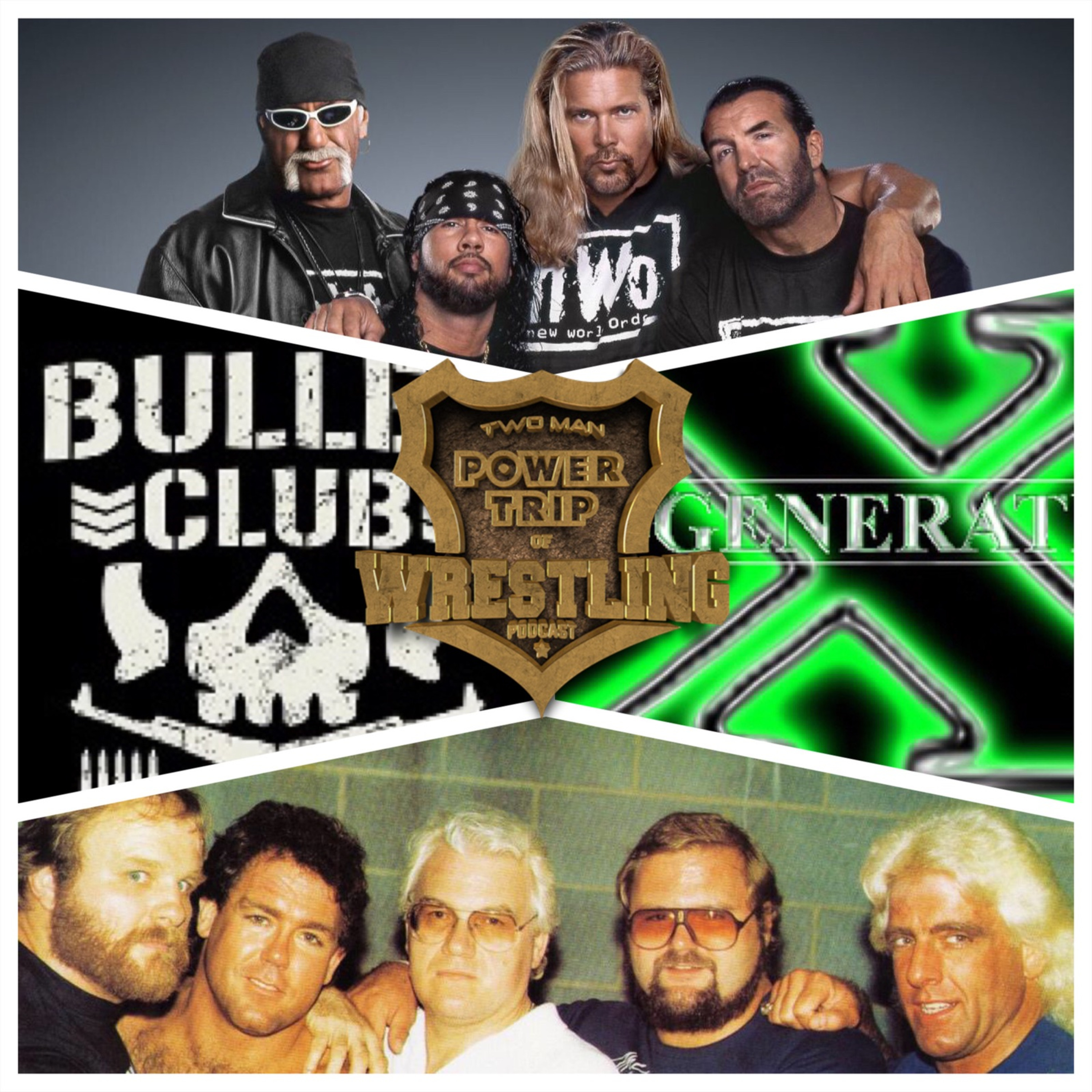

Some of his most noted movies are Goyokin, Hitokiri, Sanbiki no Samurai and Kedamono no Ken ("Sword of the Beast"). He largely stopped making chambara, switching to the Yakuza genre, in the 1970s. Gosha's films often portrayed the struggle between traditional and modernist thought and were decidedly anti-feudal. Gosha's films are as important as Kurosawa's in terms of their influence, visual style and content, yet are not as well known in the West. Hideo Gosha, and many of his films helped create the archetype of the samurai outlaw. His characters are often estranged from their environments, and their violence is a flawed reaction to this. The latter is particularly violent, the main character engaging in combat for a lengthy 7 minutes of film at the end of the movie. In particular in his films Samurai Assassin, Kill! and Sword of Doom. Kihachi Okamoto films focus on violence in a particular fashion. Masaki Kobayashi directed the films Harakiri and Samurai Rebellion, both cynical films based on flawed loyalty to the clan. It also shows the helplessness of the peasantry and the distinction between the two classes. Importantly, these men tend to deal with their problems with their swords and are very skilled at doing so.
LONE WOLF BRONSON WRESTLING FREE
It also illustrates some of the conventions of samurai film in that the main characters are ronin, masterless unemployed samurai, free to act as their conscience dictates. His film Seven Samurai is one of the most important touchstones of the genre and the most well known outside Japan. A number of his films were remade in Italy and the United States as westerns, or as action films set in other contexts. Two of Kurosawa's samurai movies were based on the works of William Shakespeare, Throne of Blood ( Macbeth) and Ran ( King Lear). Mifune himself had a production company that produced samurai epics, often with him starring. He had a long association with Toshirō Mifune, arguably Japan's most famous actor. He directed Seven Samurai, Rashomon, Throne of Blood, Yojimbo and many others. ĭaisuke Itō and Masahiro Makino were central to the development of samurai films in the silent and prewar eras.Īkira Kurosawa is the best known to western audiences, and similarly has directed the samurai films best known in the West. Samurai films were constantly made into the early 1970s, but by then, overexposure on television, the aging of the big stars of the genre, and the continued decline of the mainstream Japanese film industry put a halt to most of the production of this genre. The samurai film hence often focuses on the end of an entire way of life for the samurai: many of the films deal with masterless rōnin, or samurai dealing with changes to their status resulting from a changing society. Historically, the genre is usually set during the Tokugawa era (1600–1868). His samurai, and many others portrayed in film, were solitary figures, more often concerned with concealing their martial abilities, rather than showing them off. Akira Kurosawa stylized and exaggerated death and violence in samurai epics. Post-war samurai epics tended to portray psychologically or physically scarred warriors. While earlier samurai period pieces were more dramatic rather than action-based, samurai films produced after World War II have become more action-based, with darker and more violent characters. Jidaigeki may refer to a story set in a historical period, though not necessarily dealing with a samurai character or depicting swordplay.Īlso a sport like to Fencing is name Chanbara. Chanbara is a sub-category of jidaigeki, which equates to period drama. Actors playing samurai and ronin at Kyoto's Eigamura film studioĬhanbara ( チャンバラ), also commonly spelled " chambara", meaning "sword fighting" films, denotes the Japanese film genre called samurai cinema in English and is roughly equivalent to Western and swashbuckler films.


 0 kommentar(er)
0 kommentar(er)
